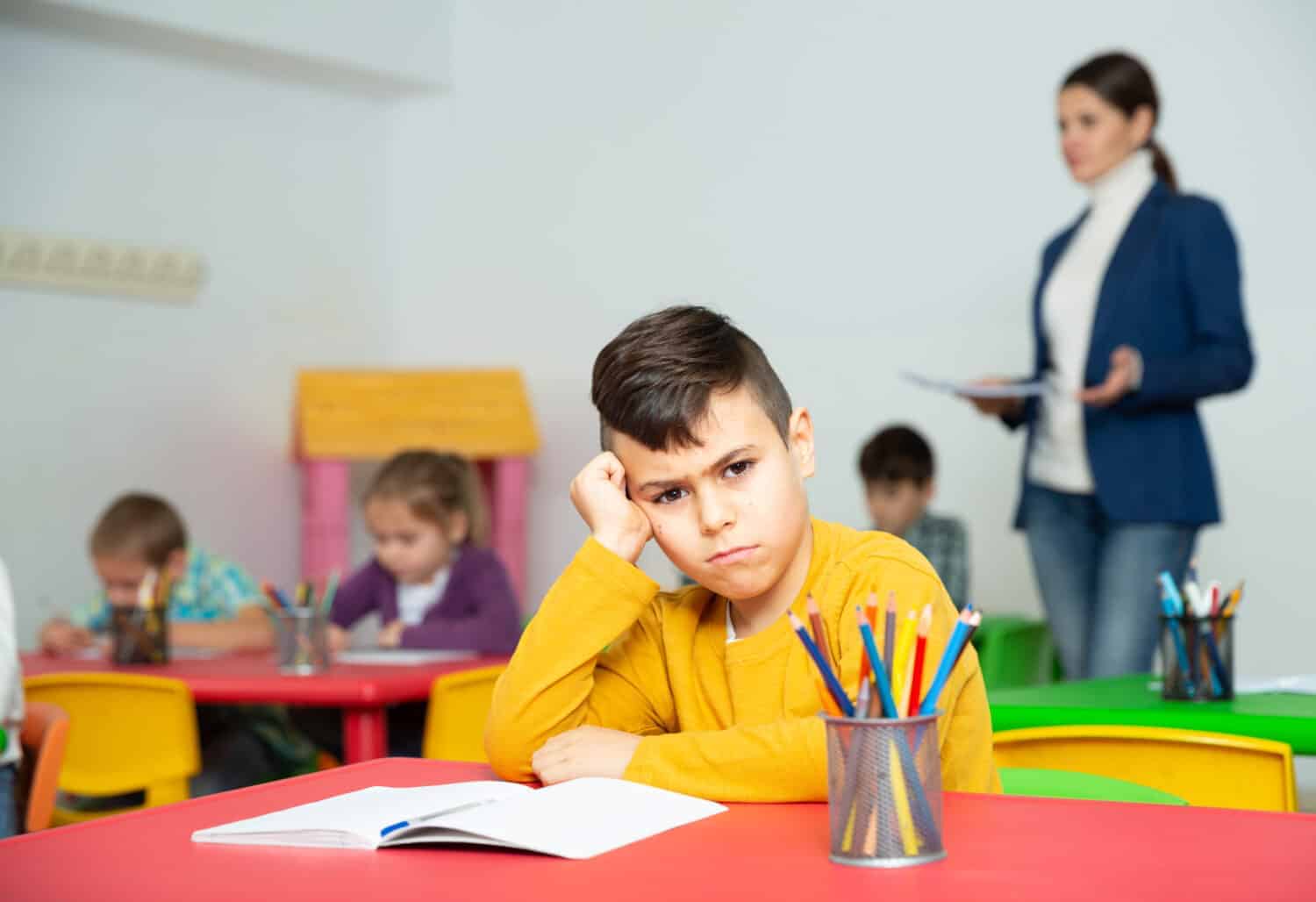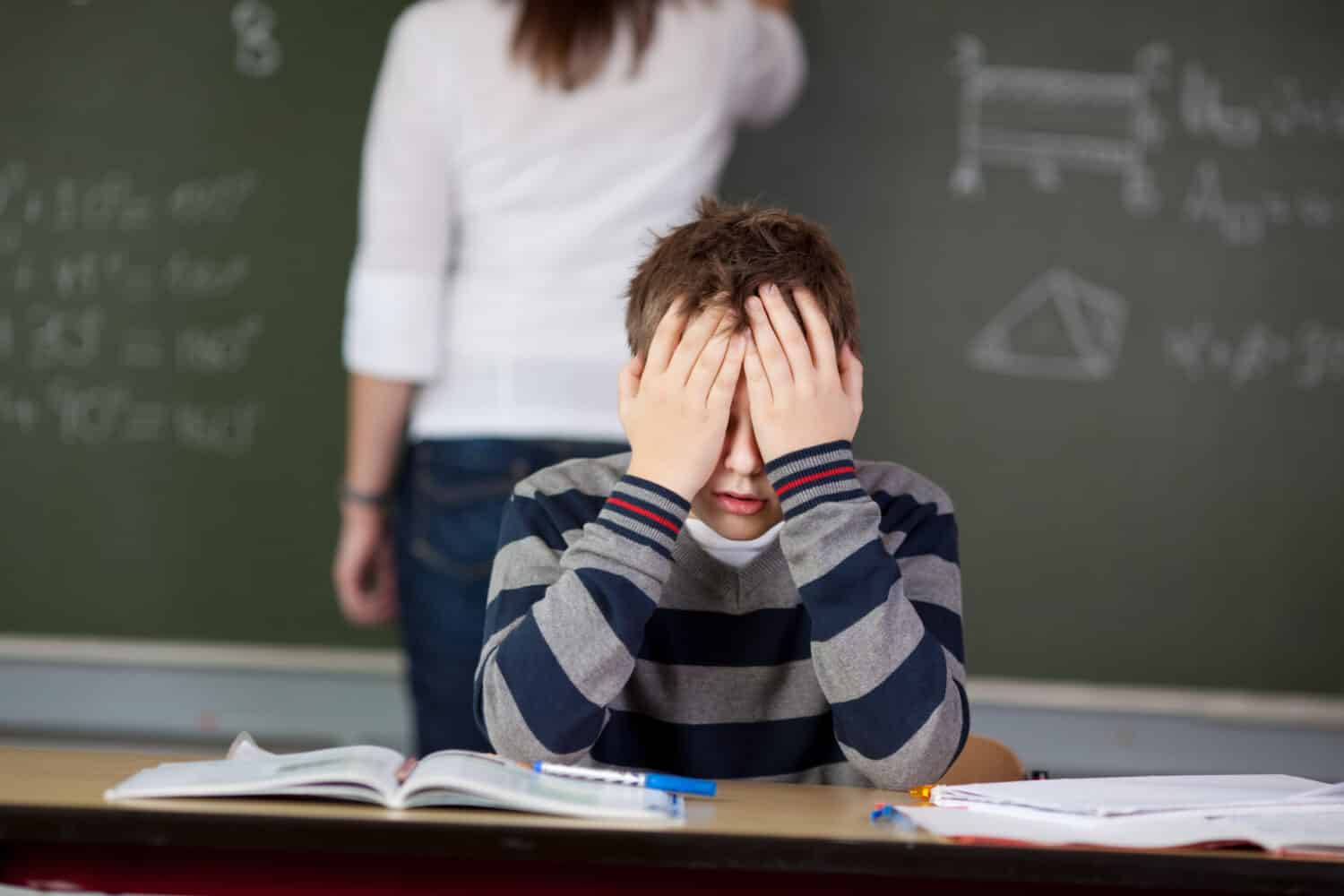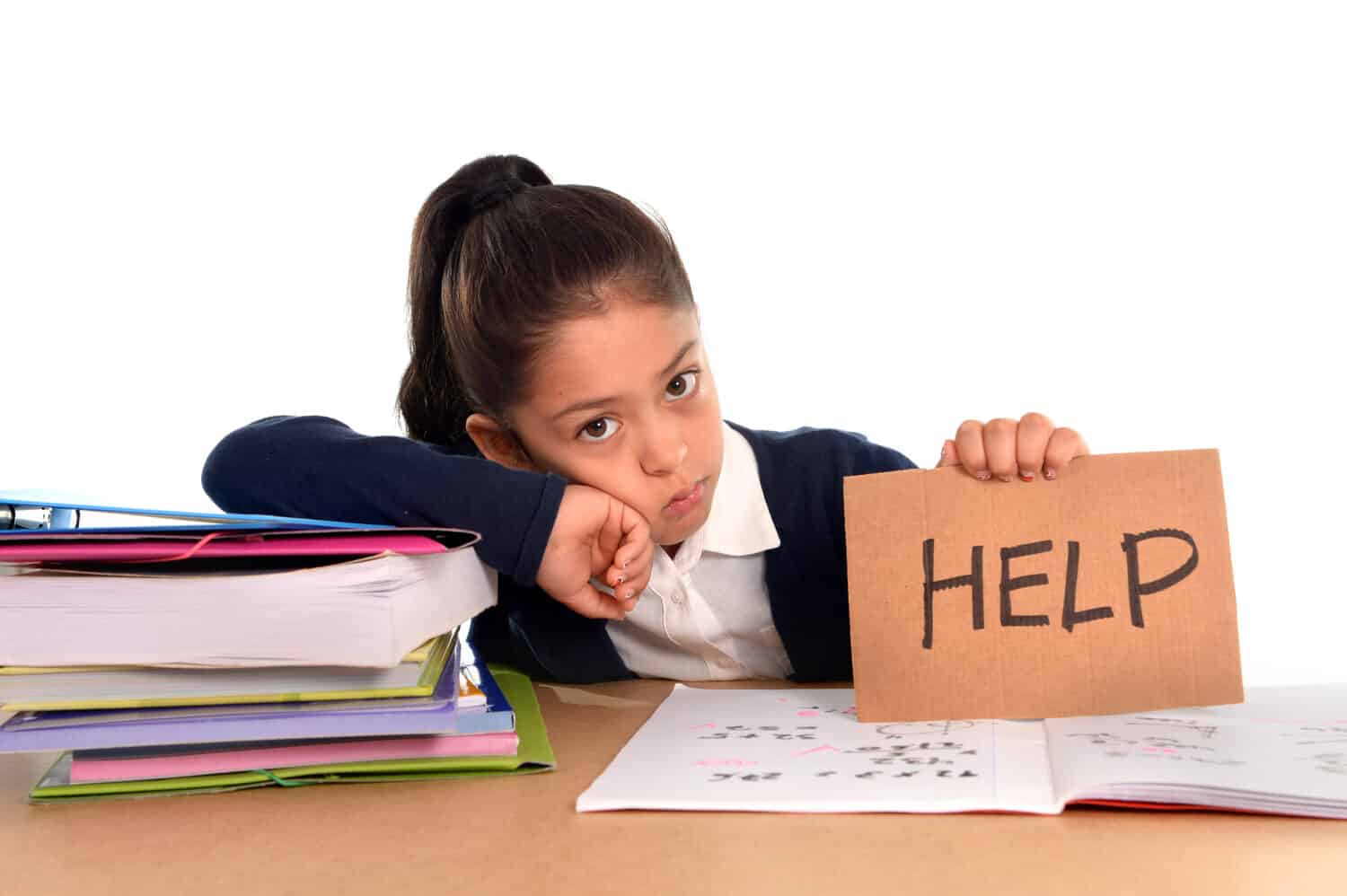Even though we now have a better understanding of what ADD is, children with this disability are often misunderstood. Children who have ADD or ADHD are frequently seen as lazy, rude, or disobedient because of their behaviors. However, there is a reason behind these behaviors and it’s not because children with ADHD are bad kids.
You may have heard both the terms ADD and ADHD, but there’s no difference between them. ADD is now seen as an outdated term although ADD and ADHD are sometimes still used interchangeably. The “H” in ADHD stands for hyperactivity. Still, experts have now realized that while some children with ADHD are hyperactive and some are not, this is because ADHD can present with different symptoms.
It’s important to note that many of the symptoms of ADHD can also be normal child behavior, depending on the age and temperament of the child. If your child has a few of these behaviors, it doesn’t necessarily mean they have ADHD. If you have concerns about your child, talk to their pediatrician. Keep reading to find out about 13 signs your child may have ADD.
Lack of Organization

©Inna_Kandybka/Shutterstock.com
Instead of distinguishing between ADD and ADHD, the most current understanding of this disorder is that it can present in different ways. Experts now categorize ADHD into predominantly inattentive, predominantly hyperactive-impulsive, or combined presentation.
Lack of organization can be a symptom of a child’s inattentiveness when they have ADHD. Children with ADHD often struggle to keep things organized, likely due to the differences in the frontal cortex of their brain.
Fidgets and Squirms Constantly

©BearFotos/Shutterstock.com
Hyperactivity in children with ADHD can present as a child fidgeting in their seat or squirming constantly. Children with hyperactivity usually struggle to sit still as if they’re being run by a motor.
Fidgeting with ADHD is often due to a child being asked to do something that isn’t providing them with enough dopamine. Children and adults with ADHD have low levels of dopamine compared to those without this disorder. This leads to them having difficulty completing and sitting still during tasks that are tedious to them.
Talks Excessively

©BongkarnGraphic/Shutterstock.com
Although most people perceive hyperactivity to only mean that a child can’t sit still, talking excessively can also be a sign of hyperactivity. Boys or girls with ADHD can present with this symptom, but it is a common symptom for girls with ADHD.
One of the reasons ADHD in girls often goes undiagnosed is that they’re less likely to be physically hyperactive and more likely to have different symptoms, such as frequent talking.
Trouble Focusing on Tasks

©stockfour/Shutterstock.com
If your child seems to hyper-focus on certain tasks but struggles to pay attention during tasks that require more effort, such as homework, this can be a sign of ADHD. Children with ADHD can pay attention when a task is providing them with the dopamine they’re lacking, but when asked to complete a task they don’t enjoy, they usually have trouble focusing.
Many children and adults with ADHD experience something known as hyper-focus, where they become interested in a project and can intently focus on it for hours. This focus may keep them from completing other important tasks, such as doing homework or brushing their teeth.
Acts Without Thinking

©fizkes/Shutterstock.com
One of the ways ADHD can present itself in children is with impulsivity. Impulsive behavior often looks like acting without considering the consequences of their actions. Even if a child knows there is a consequence to their actions, they may still do something without thinking about it first.
This impulsive behavior looks like acting without thinking. For example, a child might feel angry because of something a classmate or sibling did and immediately hit the other child without thinking. While this kind of behavior is common with toddlers, children with ADHD might act without thinking at any age.
Blurts Things Out Randomly

©Krakenimages.com/Shutterstock.com
Impulsivity in children with ADHD can also come out in the way they speak as well. While older children are usually able to think about the consequences of what they say before they say it, children with ADHD have trouble thinking before they speak.
This is also true because children with ADHD often struggle with their working memory and they may sometimes blurt out a thought so that they don’t forget it.
Interrupts Frequently

©DimaBerlin/Shutterstock.com
Interrupting frequently is one of the signs of ADHD that can make children seem rude or disrespectful. No one likes to be interrupted when they’re talking but this is common behavior for children with this disability.
Every parent of young children knows that teaching your children not to interrupt is a constant struggle, which is why this sign in itself is often normal child behavior. However, children with ADHD will continue to interrupt even when they’re old enough to understand they shouldn’t.
Struggles to Control Their Emotions

©kukurund/Shutterstock.com
While learning to balance and regulate your emotions is simply a part of growing up, ADHD often magnifies a child’s most intense feelings. This can look like a child losing their temper easily over minor things or becoming very distraught and emotional over a minor slight.
All children experience intense emotions, especially when they’re young. However, children with ADHD experience these emotions more frequently and more intensely than other children.
Runs or Climbs in Inappropriate Situations

©FotoHelin/Shutterstock.com
Running and jumping during recess or at the playground is normal and healthy for children. However, if your child tends to run, jump, or climb in situations where it’s inappropriate to do so, this could be a sign of ADHD.
While running and climbing on the playground is no concern, a child with ADHD might climb on furniture at home or run around in the classroom when they’re supposed to be sitting down. It’s common behavior for young children, like toddlers, to not know when it’s appropriate to sit still, but children with ADHD will display these behaviors long past the toddler years.
Loses Items Frequently

©fizkes/Shutterstock.com
Losing items is also common for children with ADHD because of how this disability affects their working memory. Forgetfulness can be a symptom that causes children to forget where they set an item down.
It’s common for children with ADHD to have deficits in their working memory. Compared to short-term memory, working memory is a function that allows someone to hold onto new information. This function allows your brain to hold information temporarily, which is why children with ADHD often forget things that aren’t in their short-term memory, like where they put their pencil or their books.
Struggles to Pay Attention When Someone Is Talking

©DimaBerlin/Shutterstock.com
If you don’t understand how ADHD works or your doctor hasn’t officially diagnosed your child with ADHD, it can be frustrating that they don’t pay attention when you’re talking to them.
Children with ADHD often fidget and struggle to pay attention, even when someone is speaking to them. You might find your child looking around, swaying back and forth, bouncing, or even dancing when you’re trying to speak directly to them.
Puts Off Tasks That Are Uninteresting to Them

©Cast Of Thousands/Shutterstock.com
Procrastination is an incredibly common sign of ADHD, even though it’s something most children and adults struggle with at some point. It’s more common with children who have ADHD because it’s difficult for them to engage with tasks that are uninteresting to them.
Due to the low levels of dopamine in their brain, a child with ADHD can’t simply sit down and focus the way other children can. Children with ADHD are constantly looking for activities that will provide their brains with the dopamine they need, which is also why they’re able to hyper-focus on activities that are stimulating to them.
Abandons Projects Without Finishing Them

©Marcos Mesa Sam Wordley/Shutterstock.com
Another common sign of ADHD is children frequently abandoning a task or project without finishing it. Children with ADHD can easily become distracted, which can lead to them shifting their focus to something else even while they’re in the middle of a task.
If the project they’re working on is tedious to them, they might abandon it before finishing and choose something more interesting.
The image featured at the top of this post is ©oliveromg/Shutterstock.com.
